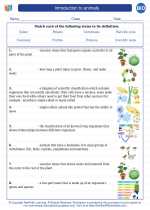Immune System
The immune system is a complex network of cells, tissues, and organs that work together to defend the body against harmful pathogens, such as bacteria, viruses, and other microorganisms. It also plays a crucial role in recognizing and removing abnormal cells, such as cancer cells. The immune system is essential for maintaining overall health and well-being.
Components of the Immune System
The immune system consists of several key components:
- White Blood Cells (Leukocytes): These cells are the primary defenders of the immune system and include different types such as neutrophils, lymphocytes, monocytes, eosinophils, and basophils.
- Antibodies: These proteins are produced by B cells and help to identify and neutralize foreign substances in the body.
- Complement System: A group of proteins that work together to destroy pathogens directly or assist other immune mechanisms.
- Lymphatic System: This network of tissues and organs helps to carry white blood cells throughout the body and plays a key role in immune responses.
Immune Responses
When the immune system encounters a pathogen or foreign substance, it mounts a response to eliminate the threat. This response can be categorized into two main types:
- Innate Immunity: This is the body's first line of defense and includes physical barriers (skin, mucous membranes) as well as non-specific immune responses that are not tailored to specific pathogens.
- Adaptive Immunity: This type of immunity is highly specialized and can target specific pathogens. It involves the activation of T and B lymphocytes and the production of antibodies.
Study Guide
To effectively study the immune system, it's important to focus on the following key areas:
- Understanding the different types of white blood cells and their roles in the immune response.
- Learning about the structure and function of antibodies and how they contribute to immune defense.
- Exploring the process of immune recognition and activation, including the role of antigen presentation and T cell activation.
- Investigating the mechanisms of immune memory and how the body develops long-term protection against specific pathogens.
- Understanding the importance of the lymphatic system in immune function and overall health.
By mastering these concepts, you can develop a comprehensive understanding of the immune system and its critical role in protecting the body from disease.
[Immune] Related Worksheets and Study Guides:
.◂Biology Worksheets and Study Guides High School. Introduction to animals
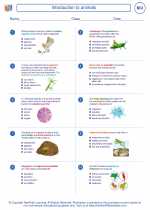
 Worksheet/Answer key
Worksheet/Answer key
 Worksheet/Answer key
Worksheet/Answer key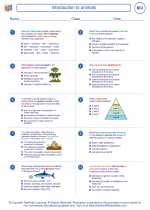
 Worksheet/Answer key
Worksheet/Answer key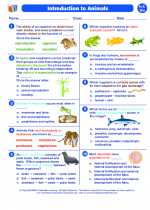
 Vocabulary/Answer key
Vocabulary/Answer key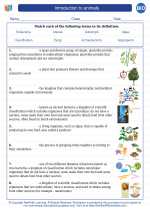
 Vocabulary/Answer key
Vocabulary/Answer key
 Vocabulary/Answer key
Vocabulary/Answer key